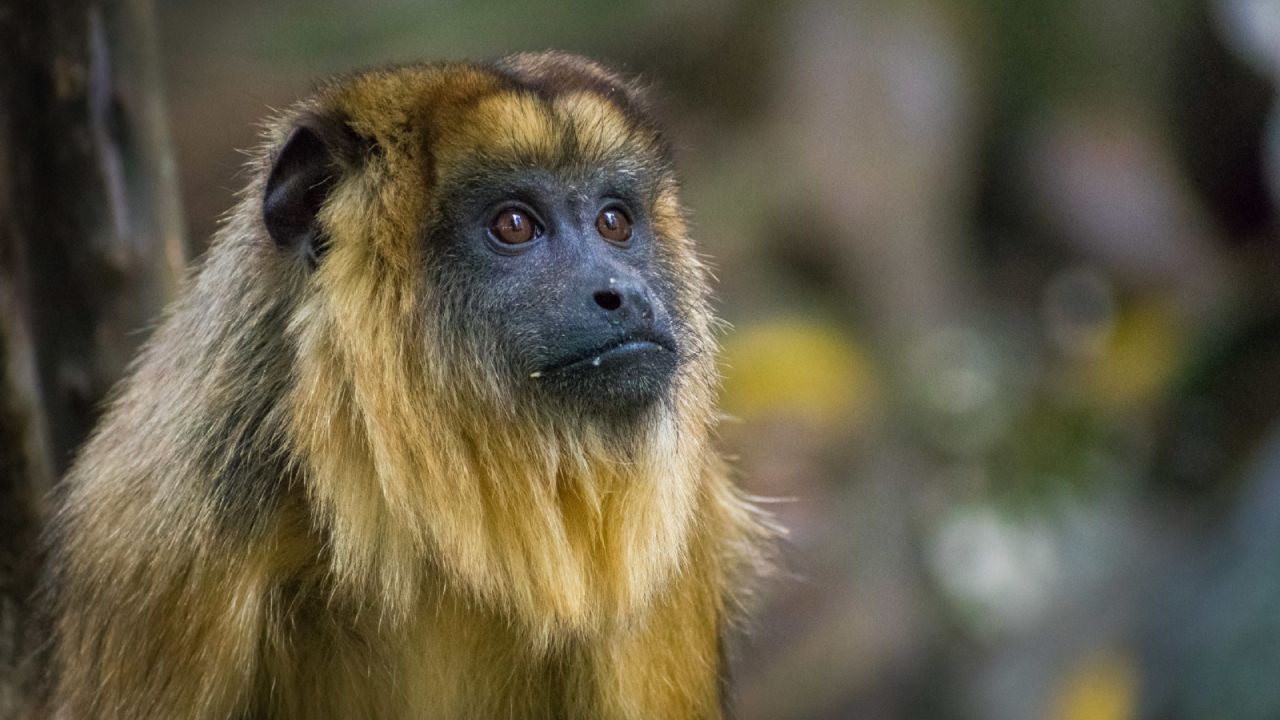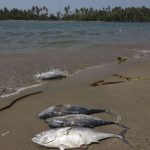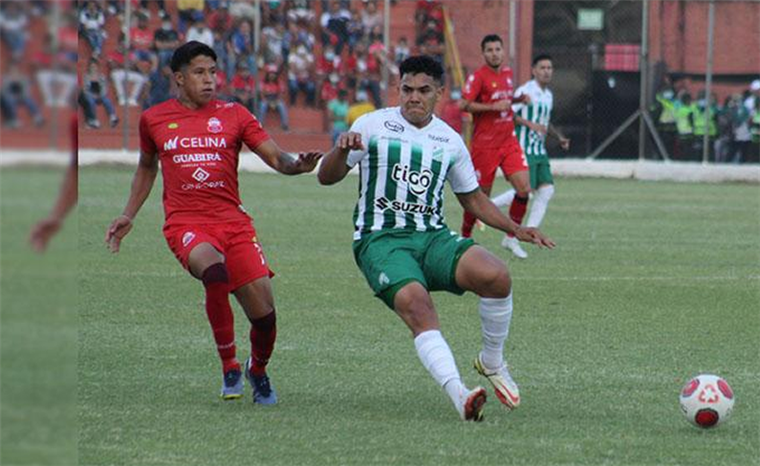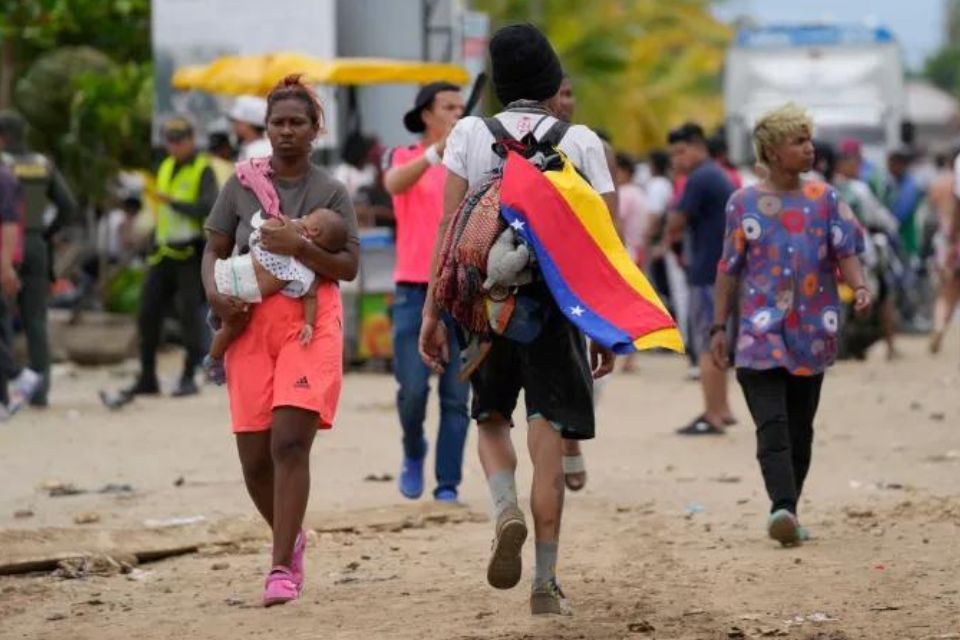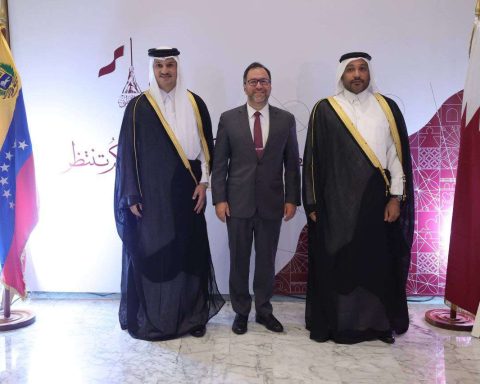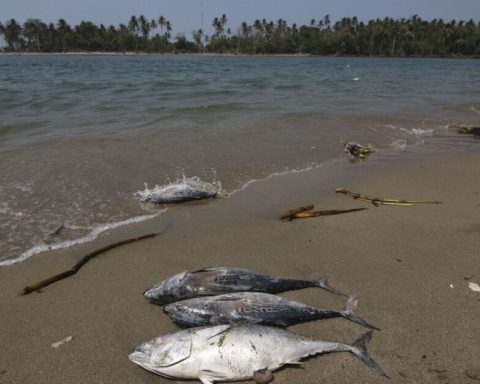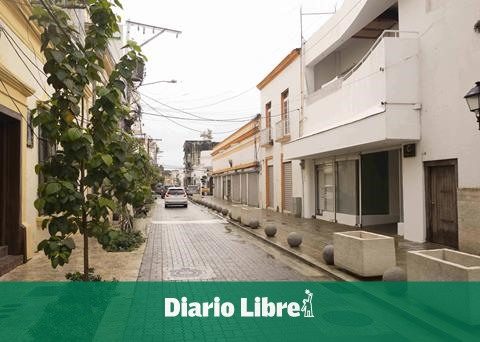Caraya Project is the first and only primate rescue, rehabilitation and conservation center in Argentina, an organization that was founded almost 30 years ago at the initiative of María Alejandra Juárez, its director.
María Alejandra tells in an interview for Minuto Argentina that, from the beginning, this NGO had the purpose of protecting primates, especially the carayá, which is also known as howler monkey, since it is one of the most commercialized mammals in Argentina and other countries, therefore, through the work it carries out Caraya Projectthis species has been protected.
Since many of the monkeys rescued from the illegal trade and sent to zoos did not survive, Caraya Project It became, 30 years ago, a kind of refuge for these primates and, now, a sanctuary that houses more than 200 monkeys, located 11 km from La Cumbre, two hours from the City of Córdoba.
Although the goal of the organization is to reintroduce the primates to their natural habitat, this is not so easy, since their territories have largely disappeared.which is why the monkeys also migrate to the big cities, which aggravates the problem even more.
Before creating this shelter, María Alejandra had worked at the Córdoba zoo, where she not only gained experience in handling animals, but also discovered that, if they were properly organized and cared for, the monkeys, by living in free spaces, but controlled, they had more options to survive.
Source: Caraya Project.
In this way, when he decided to create the organization, he also put into practice what he had learned and began, together with his work team, an arduous and laborious process of rehabilitation of the primates to release them. These have managed to adapt successfully even to the climatic conditions of the area, which are colder than those of their natural habitat.
The director of the NGO highlights that one of the greatest threats to this species is the lack of habitat, since deforestation has caused a large part of this population to disappear, which is essential to maintain balance within ecosystems.
This, if one takes into account that howler monkeys are great seed dispersers or, as María Alejandra calls them, “the gardeners of the forest”. For this reason, he stresses that, as this species is endangered, the existence of other plant species is also put at risk: “When this species is finished, a lot of vegetation will disappear.”
Likewise, this primate serves, like other mammals, as a barrier against zoonotic diseases, especially against yellow fever, since these animals are very sensitive to the virus, which gives them a role as sentinels for the early detection of this disease.
For this reason, despite the fact that in Argentina, in recent years, different organizations have worked to protect this species, if deforestation does not end, all efforts will be in vain: without forests to live, sooner or later, the monkeys they will also end up disappearing.
Even though the monkeys that live in the sanctuary are already rehabilitated, they do not have a safe place where they can reintroduce them, so it is preferable that they remain in the NGO.

In addition to the fact that their habitats are deforested, another of the great and permanent threats is illegal trafficking, because, despite being a crime and despite the efforts of the authorities, the monkeys are sold as pets and, for this, the traffickers kill the mothers, in order to capture the young and then market them.
In this regard, María Alejandra points out that “greater dissemination” is needed about the importance of not promoting the commercialization of these species. In addition, provide legal employment alternatives to traffickers “so that they dedicate themselves to conserving them” and protecting them and not exterminating them.

What Project Caraya does
Through his work, the organization rescues, rehabilitates and protects primates, so that, in the near future, they can return to live in their natural areas. To do this they want to get land, which can be administered by the NGO, and thus create, in the places of origin of the monkeys, more sanctuaries like the one they have in Córdoba.
In this way, the monkeys could live in freedom in a protected area, but in their natural habitat. Likewise, they intend to work hand in hand with the community and generate sources of employment so that the citizens themselves contribute to their protection and conservation.
Although at the moment this idea is still a dream and they are working on it, from the sanctuary in Córdoba, the entire work team teaches the monkeys to become monkeys again, so that they can be released later.
The organization receives animals in different conditions: sick, rescued from illegal trafficking, even from laboratories that are donated by citizens or derived by the police or other entities.
In this sense, according to the condition in which each monkey arrives at the NGO, it must be rehabilitated, a process that takes time, especially with adultsas some have even spent their entire lives in captivity and have never seen other monkeys.
In this way, the team first works on a process of adaptation to the environment with each animal, according to its needs, characteristics and history. Then, a “reference monkey” is sought, that is, one that has a similar characteristic with the one that is in rehabilitation, so that they become friends. If this is achieved, later and gradually they are integrated and incorporated into larger groups.

However, María Alejandra highlights in an interview for this newspaper that “monkeys that have been highly humanized generally cannot be released, because they want to return to their cages” or be closer to people. These groups are usually kept in special spaces until they manage to integrate with other individuals of their species.
Although within the reserve they have monkeys that are ready to be released, the problem is that “due to bureaucratic procedures” it has been difficult to reincorporate these species into their natural areas, since they must also be followed up and monitored in the process. of reintroduction.
Currently the organization has 235 howler monkeys and 54 capuchin monkeys; They are also carrying out other rescue and protection initiatives with pumas. The reserve is open to the public, you can visit and tour with the company of a guide to see and get to know the primates, which live outdoors, up close. Apart from this, this project can also be supported with volunteer work and donations, since the continuation of its work depends on it.
María Alejandra highlights that, given the lack of habitats for monkeys and other species, a viable solution is to work hand in hand with zoos, so that more animals can be rescued, rehabilitated, but, above all, protected.

This, in turn, would imply, as she herself explains, breaking the stigma of what zoos represent both in Argentina and worldwide, since not only are there many that are good, but they can also serve as a sanctuary to guarantee protection. and conservation of species: “It may be the only way to solve or shovel what is happening to us: that there are no environments left.”
Likewise, it emphasizes that it is not necessary to think about releasing the animals for the sake of releasing them, but to consider in what circumstances they will live, even if they are free, since some cannot survive in their natural habitats and, in this sense, sanctuaries, reserves and zoos may be a viable alternative to ensure your protection.
Although María Alejandra acknowledges that in these 30 years the work has not been easy, she also knows with certainty that all the work done fills her with satisfaction, for this reason not only would she not change anything of what she has experienced in these last three decades, but she insists on his call for people to become aware of the importance of protecting all species.
And in this sense, it is worth noting that it is necessary to establish more spaces like the one they have created, as well as sanctuaries and zoos where, on the one hand, animals can be protected and preserved and, in some cases, live in freedomand, on the other, they can serve as spaces for people to reconnect with nature and all the species that inhabit it, because today, due to technology, “we are very dehumanized and denatured.”
This is even more so if one considers that the global situation is “extremely serious” and “nature is irreplaceable”. If you don’t work together and do something now —”if you don’t make an urgent repair”— not only the primates will disappear, but also many other species and, then, like so many other animals, they will only end up being part of the history.
